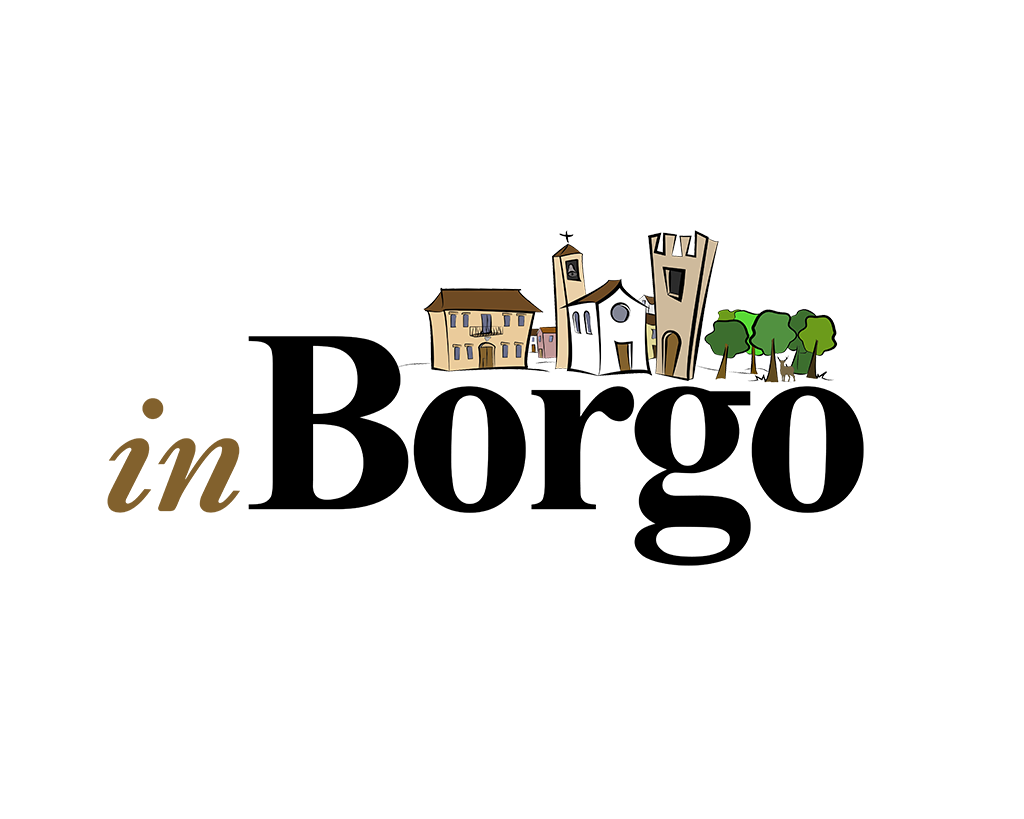Grosseto nasce dopo l’abbandono da parte degli abitanti della città di Roselle, l’antica città preromana di cui oggi ancora si vedono i resti nel sito archeologico. Ci sono continuamente scavi ed è veramente un’area molto estesa. C’è ancora un anfiteatro completamente integro dove durante l’estate si fanno manifestazioni. Roselle venne abbandonata piano piano in quanto essendo un pochino distante dal mare e, la popolazione si sposta verso il fiume Ombrone, creando così il parco fluviale più importante tra Pisa e Roma ovvero tra l’Arno e il Tevere. Fu Papa Innocenzo II nel 1136 dà il titolo di Civitas alla città di Grosseto e nel 1138 la sede vescovile da Roselle si spostò a Grosseto.
Sembra che il termine Grosseto venga da grassetto, ovvero una terra grassa. Non dimentichiamo che quella era una zona paludosa e in quella zona imperversava la malaria.
la Bonifica è stata fatta ad opera di Leopoldo II di Lorena che nel 1800 è stato colui che ha bonificato tutta la zona, ma le prime opere idrauliche vere e proprie cominciarono addirittura nel Medioevo con i Medici.
I Medici furono coloro che fecero innalzare le Mura dette appunto Medicee. Cingono tutta la città. Grosseto è una delle poche città in Italia che ha ancora le mura completamente integre e che sono percorribili. Sono pianta esagonale e hanno una Cassero Senise che è sostanzialmente una fortezza. Sono visitabili e utilizzati da tanti anni dall’amministrazione come punto d’incontro, specialmente d’estate, dove vengono tenuti festival del cinema, mostra e vari eventi.
Vi invitiamo ad ascoltare l’audio per scoprire di più.
Grosseto was founded after the inhabitants abandoned the city of Roselle, the ancient pre-Roman city whose remains can still be seen today in the archaeological site. There are continuous excavations and it is really a large area. There is still a completely intact amphitheatre where events are held during the summer. Roselle was gradually abandoned because it was a little far from the sea and the population moved towards the river Ombrone, thus creating the most important river park between Pisa and Rome, that is, between the Arno and the Tiber. Pope Innocent II in 1136 gave the title of Civitas to the city of Grosseto and in 1138 the bishopric moved from Roselle to Grosseto.
The term Grosseto seems to come from bold, meaning a fat land. Let us not forget that this was a marshy area and malaria raged there.
The Reclamation was done by Leopold II of Lorraine who in 1800 was the one who reclaimed the whole area, but the first real hydraulic works began in the Middle Ages with the Medici.
The Medici were the ones who erected the Walls known as the Mura Medicee. They encircle the entire city. Grosseto is one of the few cities in Italy that still has the walls completely intact and that are walkable. They are hexagonal in plan and have a Cassero Senise, a fortress. They can be visited and have been used for many years by the administration as a meeting point, especially in summer, when film festivals, exhibitions and various events are held.
Info:
Comune di Grosseto
Piazza Duomo 1
58100 Grosseto (GR)
Tel. 0564 488111
